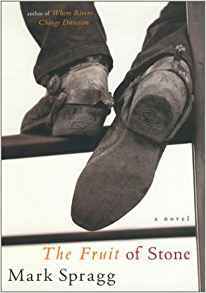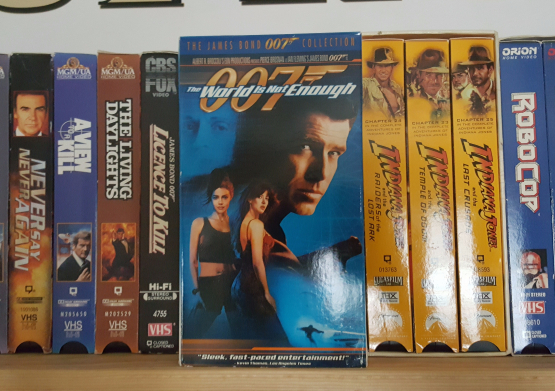Download links for: Grouped: How Small Groups of Friends Are the Key to Influence on the Social Web


Reviews (see all)
Write review
Interesting, but hard to believe someone that holds up Zynga as a positive example in any situation.
Worth to be read if you want to understand how marking is working now days through social networks
Interesting read, Facebook focused. I like that it is focused on behavior more than mechanics.
Poorly written and stated obvious things about human interaction. Gave up after 1/3
By @Padday. Great read on Social Web, with good references to research and studies.
Other books by Nonfiction
Related articles












